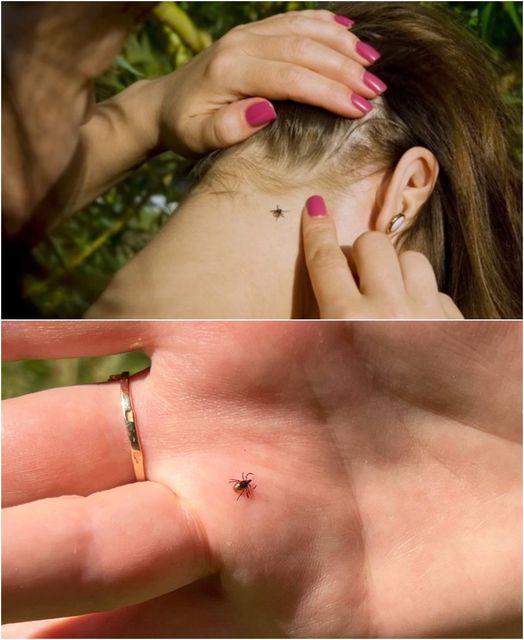Ticks frequently visit grassy and bushy areas. Its bite can go unnoticed and the consequences only become evident once the parasite has established itself in the skin.
Among the diseases transmitted by ticks, the most common are encephalitis, hemorrhagic fever and borreliosis, which pose a serious threat to human health.
Let’s see how to avoid tick bites.
Beginning of tick activity.
Tick season begins when the snow melts and the air temperature stabilizes around +10 degrees Celsius. This period requires increased attention from lovers of nature walks. Please note that not all ticks transmit diseases, but some infected individuals are among them.
The active period for ticks is from April to September, with a peak of activity in May. In August-September we witnessed a second wave of activity related to mushroom harvesting.
The influence of clothing color on the risk of tick bites
To prevent bites, it is recommended to wear light-colored clothing that completely covers the body, including a hat and high shoes. However, wearing light-colored clothing does not guarantee the absence of bites, but in this context it is easier to notice dark ticks.
The style of clothing is not as important as its practicality and protective properties. It’s also important to use repellents as directed, even if they don’t provide complete protection.
Inspection after returning from a walk.
Ticks move up the body, from the legs to the head. They may hide in clothing or hair before biting. Regularly checking for ticks, especially after nature walks, will help prevent problems.
Ticks most often hide in places with thin skin:
below the knees;
in the bends of the elbows;
in the groin;
behind the ears;
in the head;
in the neck;
in the window;
in the armpits.
It is important not to bring outside objects into the home, where ticks could hide, and to carefully monitor pets after walks.
Actions to take if a tick bite is detected
Continued on the next page

